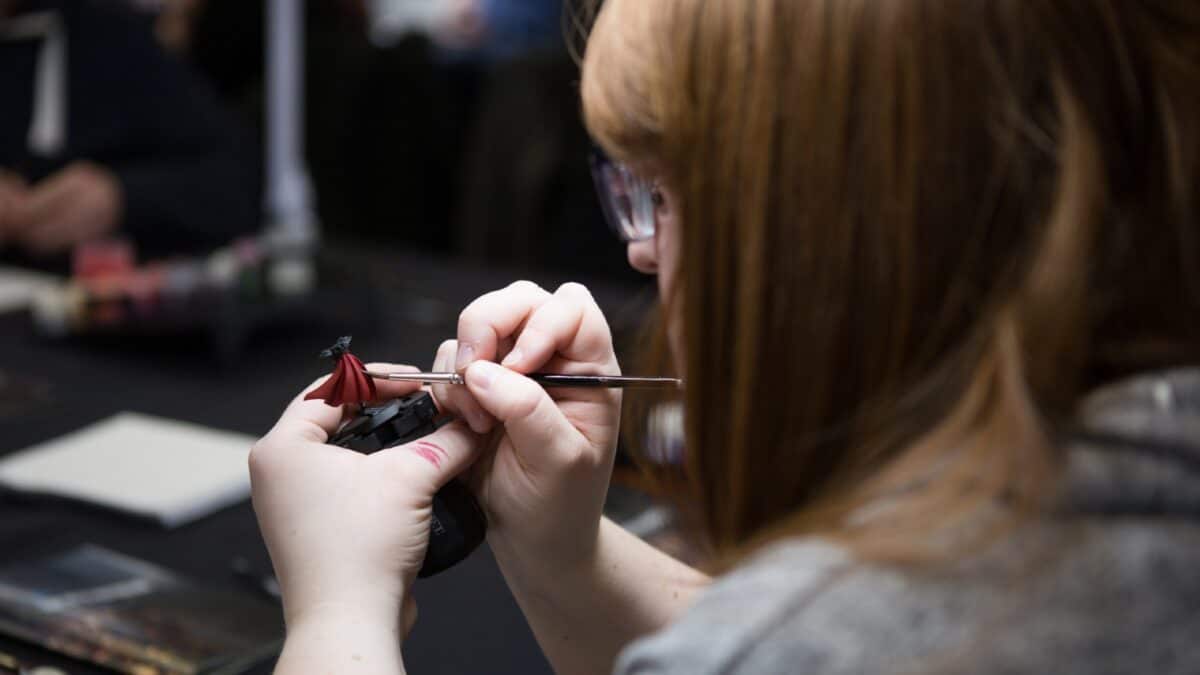Image source: Getty Images
Putting money into a SIPP and buying quality blue-chip shares to hold for decades can be a lucrative way to get ready for retirement, no matter how far away that may seem at present.
But maximising the value of one’s SIPP is not just about maximising one’s opportunities for gain.
It also involves trying to avoid costly mistakes. Here are three such investing mistakes I actively seek to avoid with my SIPP.
Not paying attention to costs and fees
The difference between 1% and 0.5% might not sound much.
But as an annual fee, if that is levied every year on the value of an investment with a timeframe measured in decades like a SIPP, even small sounding differences can have a very large financial impact.
For example, I like getting paper statements for my SIPP. But when I realised just how much Hargreaves Lansdown was charging me for them, I switched to digital ones only – as well as comparing that provider’s SIPP costs more generally with other options.
Taking a short-term approach
As a long-term investor, it is not surprising that I generally see a short-term investing mindset as a potential mistake. But whereas sometimes it is understandable, when it comes to a SIPP, I think the vehicle is perfectly suited to taking a long-term approach.
This can work in two ways.
For example, maybe a share that does well now has different prospects over the long term. That is a risk I consider in owning high-yield tobacco shares, given declining cigarette usage.
But it can also mean identifying a share I think has great long-term potential even though it may be going through a rough patch.
That is why I am hanging onto my shares in Topps Tiles (LSE: TPT) even though recent performance has been disappointing. The share has fallen 38% in value over the past five years. Last year’s revenues declined 6% (albeit from a record high).
While the 9% dividend yield is certainly attention-grabbing, it may be at risk if earnings are weak. This year’s interim dividend per share was 1.2p, for example, while basic earnings per share were negative at -1.1p.
However, over the long term, consumers and trade customers will want to decorate and renovate kitchens and bathrooms. Topps has economies of scale, as it sells one in five tiles bought in the UK.
It has been growing its online business and an acquisition of assets from a failed rival this year (currently being reviewed by competition authorities) could help it build its presence among specific professional clients.
Too much of a good thing
Another mistake to avoid is letting one’s SIPP become imbalanced.
That is not just about diversifying – it is about staying diversified. As an example, imagine five years ago I split a £100K SIPP 10 ways evenly over five shares that have gone nowhere since, four that have grown 10%, and Nvidia.
Ignoring dividends and fees, my SIPP would now be worth £372,000. Without having even touched my once diversified SIPP, though, Nvidia’s incredible share price run would mean that that one share now represented 75% of my entire SIPP valuation.
Diversification is not just about initially allocating a SIPP. It can also mean selling down stakes in huge winners, as Warren Buffett has been doing with his Apple stake.
Credit: Source link













